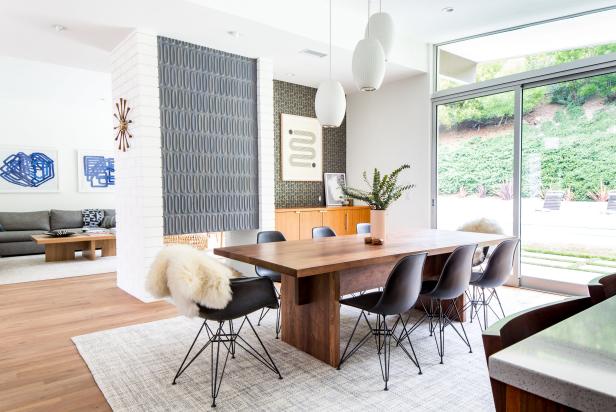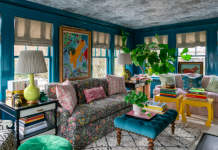Over the past few years, our homes have transformed from humble abodes to multifunctional spaces. Driven by the global pandemic, the increased time spent at home has inevitably led to a shift in interior design and home decor trends. Whether it’s creating a comfortable workspace or redefining the living room, our homes’ aesthetics have undergone significant changes after COVID-19. Let’s delve into the most profound impacts of this shift.
Firstly, comfort has become paramount in home design, causing a surge in demand for cozy furniture and warm color palettes. The “cozy chic” trend, which includes soft rugs, plush sofas, and ambient lighting, has risen to the fore. This trend is characterized by the desire to create an inviting and relaxing environment – a haven in an uncertain world. You can find a plethora of these comfort-focused decor items on Bouclair home decor, known for its stylish, cozy, and affordable home essentials.
Another significant shift is the rise of functional, multipurpose spaces. As work-from-home became the norm, there has been a surge in the need for home offices or study areas within the house. People are getting creative with their spaces, transforming corners of their homes into comfortable, well-lit workstations. The trend extends beyond the workspace, with living rooms doubling as fitness areas and balconies transformed into serene spaces for meditation.
A complementary trend to these multifunctional spaces is the surge in popularity of movable, modular furniture. Homeowners now prefer furniture that can be easily rearranged to serve multiple purposes. From foldable desks to movable partitions, flexible furniture allows people to adapt their homes according to their current needs.
Also, biophilic design or bringing the outdoors indoors has become increasingly popular during the lockdown. Natural elements like indoor plants, natural light, and materials such as stone and wood are now prevalent in interior design. This trend is an attempt to reconnect with nature, especially for city-dwellers who found themselves confined to their apartments during the pandemic.
This interesting read elucidates some tips and tricks for integrating the biophilic design into your workspace. It emphasizes the importance of natural light and plants in boosting productivity and well-being, which is crucial in the current scenario.
Lastly, an emphasis on sustainability has become more pronounced in home decor post-COVID. As the pandemic brought to light the urgent need for a sustainable lifestyle, more and more people are choosing eco-friendly materials, energy-efficient appliances, and second-hand furniture. This shift towards sustainable living is expected to continue, shaping the future of home decor.
To delve deeper into this growing emphasis on sustainability in all aspects of life, an article here provides a comprehensive analysis of how the pandemic has heightened the call for sustainable practices globally.
In conclusion, home decor style has evolved substantially following the COVID-19 pandemic, driven by the need for comfort, functionality, connection with nature, and sustainability. This shift reflects our adaptability and resilience in the face of adversity. Our homes have become our sanctuaries, workplaces, and playgrounds, making home decor an essential expression of our changing lifestyles and values.
As we navigate this new normal, these evolving trends in home decor offer us the opportunity to make our spaces more personal, comfortable, and in tune with our needs.
















